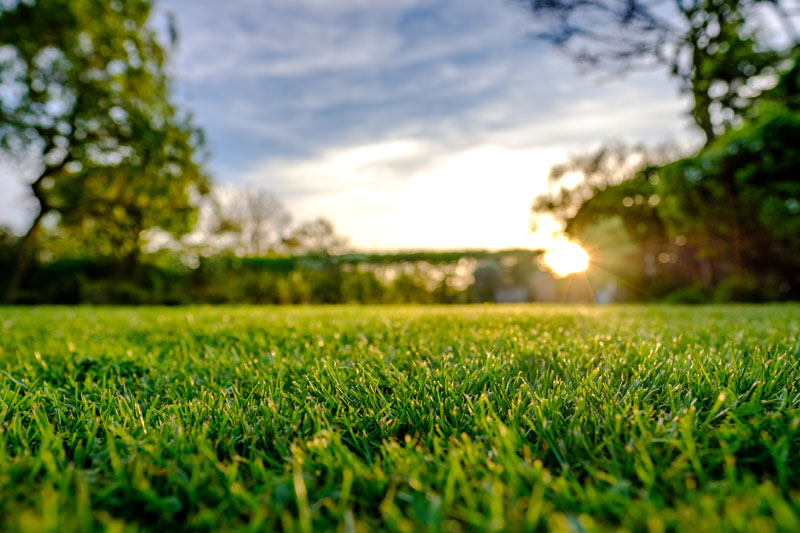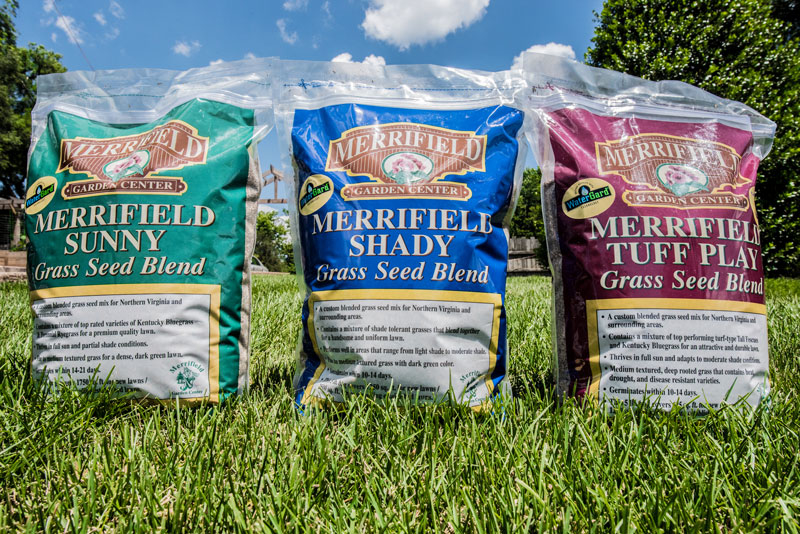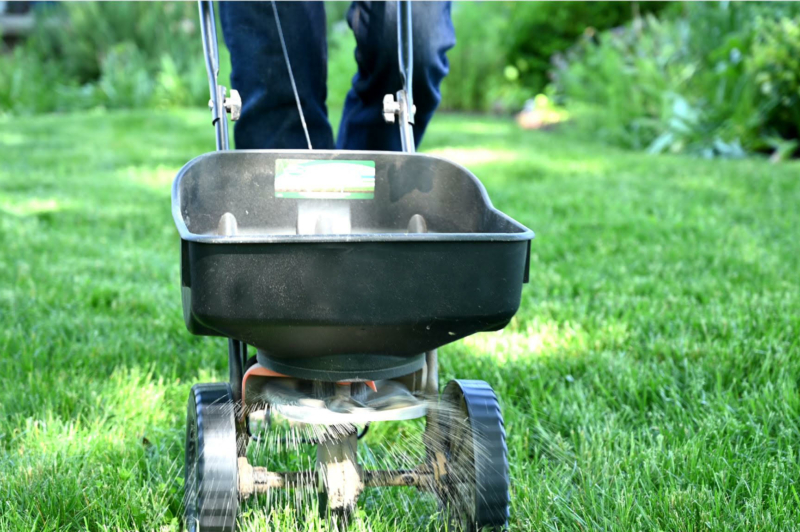
Spring Lawn Care: A Step-by-Step Guide
While fall is the prime time to be working on our lawns, anyone looking to bring their lawn to lush, green perfection for the spring season will want to complete some tasks this season, including seeding, weed prevention and applying some fertilizer. With this in mind, we’ve created a guide for spring lawn care describing the steps you can take to get your lawn growing.
Remember: every lawn is different, so ultimately, if you have questions, you can bring them into the store and we will help you create a custom lawn care plan for your specific needs.
Step 1: Apply Weed Prevention and Control
If you don’t have problems with weeds in your lawn, congratulations! You can skip this step. If you do have issues with weeds currently, or you know a fresh batch is going to be popping up later in the spring, you will need to review this section before moving on.
First, if you also have bare patches in your lawn that need seeding, you will need to be very careful how you approach your weed control and prevention tactics. Most of the products you are going to use come with a waiting period before you can seed your lawn, which can range from 3 weeks to 10 or more. Check the directions, and make sure you still have time to seed before April 15. If you won’t have time to both apply weed control and prevention and seed your lawn (hint: if you are reading this in March, you probably don’t), you can use Scotts Step 1 for Seeding, which is a specialty product that includes both a starter fertilizer and a weed preventer that can be used at the same time as seeding.
You can kill existing perennial and winter weeds (think clover, dandelion and chickweed) with a product such as Trimec Speed or Bonide Weed Beater Ultra, while summer weeds that have not germinated yet can be prevented from germinating with products like Preen Crabgrass control.
Looking for in-depth guides on winter and summer weeds?
Step 2: Seed
If you aren’t planning on seeding, you can skip this step! If you’re not sure whether or not you should be seeding, have a look at your lawn. Does it look thin, or have bare patches? Seeding will help with those issues.
Grass seeds will germinate when the soil reaches ideal temperature in the spring. It’s ok to put seed down when it’s still too cool for it to germinate, just know that you will have to wait a while to see results. Mid-March to Mid-April is generally an ideal time to put down seed. Before seeding, mow the lawn and rake out any thatch or dead grass. You can apply your seed with a drop or rotary lawn spreader, applying about twice the amount of seed in any bare spots as you apply over other areas.
If you need help figuring out your spreader settings, click here.
There are many types of seed to choose from, but we recommend using our private label brand products, which are specifically formulated for our region. Merrifield Tuff Play is our most popular. If you are seeding in areas with less than four hours of sunlight, you may prefer Merrifield Shady.
Looking for more detailed information on seeding? Check our our blog post on this topic.
Step 3: Fertilize
An application of fertilizer is a great way to give your lawn a boost of nutrients as it enters its prime spring growing season. If you put down seed, we suggest using our Merrifield Select seed starting lawn food. The phosphorus in Merrifield Select is important in aiding seed germination and root growth. If you did not seed, try our Merrifield Premium instead, which contains no phosphorus.
After fertilizing your lawn, water it thoroughly, and your spring lawn care is complete!






